|
Some good eating from Harvest of Thorns - Boiled Crawdads and Lamprey Pie One of the characters I think will stick with you from Harvest of Thorns is Professor Joshua Handy. The Louisiana-born, UCLA-educated scholar is the toughest of taskmasters at the Alabama State Agricultural College, Here's a selection from Chapter Twenty-One:
Students in his Introduction to Agriculture class, including Harvester, had been overwhelmed to the point of tears when he laid out his expectations. Hundreds of pages of reading prior to each class. Exams every other week. Papers. Oral reports. Half of the fourteen students in class threatened to drop, before being advised by President Drake that the class was required of every student pursuing a degree in agriculture. Over time, Harvester comes to know Professor Handy quite well. In his role as the Professor's assistant, one of his most important duties is to make the daily trip to Gussie's Fish Shack to pick up a pound and a half of boiled crawdads. I'll let Harvester tell the story: Harvester would report back to campus just before twelve, handing the bag to Professor Handy who would invariably open the sack, inhale deeply, and pour them onto the day old newspaper covering his desk. Then the show began. The Professor Handy that the other students didn’t know was a marvel, pinching heads, sucking meat, and drinking tea, all while smoking and carrying on a non-stop monologue that Harvester wouldn’t miss for the world. Fifteen minutes later, the slender, middle-aged academic would sweep the remains into the trash, gingerly wipe his face and hands, straighten his bow tie, and revert to the Professor Handy the students knew and loathed. I don't know about you, but I've tried crawdads. It was a long time ago, in New Orleans. It involves sucking juices from the head and... I'll never try them again. Later in the story, Professor Handy pays a visit to Harvester's family in Missouri. Harvester's mama, having heard about the his affinity for unique dishes, whips up one of her own: Harvester’s mom beamed. “I knew that any man who eats crawdads four days a week would enjoy some lamprey pie.” Lamprey Pie. Ever had it? Know what it is? It turns out, it's quite a delicacy. British Royalty used to pine for it. Today, it's available in a few very exclusive restaurants in Europe and Canada. Not so much in America, though it wasn't uncommon back in the early part of the 1900's, when Professor Handy was tormenting students in Alabama. Which begs the question, what is a lamprey? I'll let you look that up, but I must warn you! One look and you'll never touch lamprey pie!
0 Comments
Grebey Island and Saxon County serve as the backdrop for most of Harvest of Thorns. They're home to Levi Manning. His son Earl was born there and dreams of returning. His grandson Chan experienced the area's ugly side and wants nothing to do with the place.
But, is it real? Does Grebey Island actually exist? No . . . Yes . . . Well, sort of. Years ago, James Michener wrote a book about the area where I grew up. He did a wonderful job in Chesapeake of capturing the feel of the region, and more than a few readers thought they recognized characters. However, people, places, everything was made up. That was my aim with Harvest of Thorns: portray the people and places of the area as close to reality as I could, without making them real. So, Grebey Island isn’t real. Sorry about that. What is real is a place called Kaskaskia Island. Like Grebey Island, Kaskaskia is an island in the Mississippi River. Most of my friends from Southeast Missouri know it. It’s actually in Illinois, but you can only get there from Missouri. You drive to the little community of St. Mary on Highway 61 and cross a short bridge over the Kaskaskia River. Years ago, when I was still teaching in Perryville, I occasionally visited Kaskaskia Island. Like Grebey Island, there’s not much left. A few homes, an old school, and a church. Flooding has decimated the island over the years. It’s a very pretty place, rich bottomland that is verdant in the summer, with crops stretching from one side of the island to the other. Kaskaskia Island was on my mind when I wrote Harvest of Thorns. But don’t get confused. Kaskaskia Island is not Grebey Island. The things that happen in Harvest of Thorns never, as far as I know, happened on Kaskaskia. There is one point where I even refer to Kaskaskia as being somewhere to the north. And Saxon County? Nope, not real either. In my head its tucked in between Perry and Ste. Genevieve Counties, and as you’ll read, folks from Saxon County spend time in both places. Chan plays baseball in Ste. Genevieve. Levi gets a knife appraised in Perryville. They’re both real and I love both places. A couple years ago, Robin and I made a return trip to the area. I wanted some pictures from Kaskaskia Island to spur my writing. We stayed the night in a bed and breakfast in Ste. Gen. (That’s what locals call Sainte Genevieve), spent the morning at Kaskaskia, and went on to Perryville for doughnuts from Hoeckele’s Bakery. The island was as pretty as I remembered, and Hoeckele’s doughnuts are still ‘da bomb. I hope you'll read Harvest of Thorns when it debuts in November, then if you are passing through Southeast Missouri, make a side trip to Kaskaskia Island. It’s what Grebey Island might look like if Grebey Island were real.  Harvest of Thorns, my first book, is the story of racism and its impact on three generations of a rural Missouri community. Levi Manning, his son Earl, and grandson Chan are the central characters, and Harvest follows them from the 1930's to the present. Grandfather, father, and son could not be more different from one another. But where does the idea for a book like this begin? Try Vidor, Texas. Never heard of it? Neither had I, until running across a news article from 1994. At the time, four black households were being relocated to a public housing project in Vidor. They would be the first black residents in more than a half-century, and emotions were such that Federal marshals were called in to enforce the peace. Federal marshals? In 1994? It's a good time for some personal backstory. I was raised in Dorchester County on Maryland's Eastern Shore. It's a beautiful place, between the Chesapeake Bay and Atlantic Ocean. It's also had its share of civil unrest. Our schools were segregated until 1969, a full twelve years after Brown vs. Board of Education declared separate schools unconstitutional. I'll share more on that in a later post, but leave it to say, this history raised my interest and awareness of the civil rights movement at an early age. Intervention by Federal marshals was, I assumed, a thing of the past. Boy was I wrong. You can read the story here, but suffice it to say the integration of Vidor did not go well. There was a KKK march and within months, the new residents were gone. Vidor has struggled to move past this blemish on its reputation, as you will see in this 2006 follow up, but issues remained. Even today, a decade later, a quick Google search of Vidor results in many race-related posts and articles. Mention small-town living to many and they'll conjure up images of church picnics, county fairs, and neighbors helping neighbors. Often, that's the case. In a few instances, such as Vidor, Texas, that is the antithesis of reality. That was what I hoped to capture in Harvest of Thorns. Without giving away too much of the story, Harvest drops you into the middle of one small community dogged by a legacy of racism. Saxon County is a "Sundown Town," where minorities are unwelcome after dark. Ever heard the term before? There were plenty of Sundown Towns in the United States through the 1960's. The designation was known to white and black alike. Sadly, a few Sundown Towns continue into more recent times. I have never visited Vidor, Texas, and the last thing I want to do is disparage a community that might be working diligently to overcome its past. There were and might still be many Vidors in America. It just happened to be the unlucky town whose story popped up on my Google search. Facing a legacy of racism, dealing with the fallout, and learning to overcome it is what Harvest of Thorns is all about. I hope you like it. |
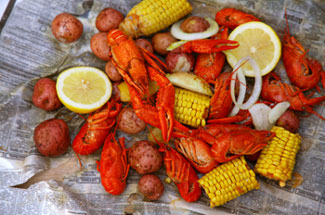
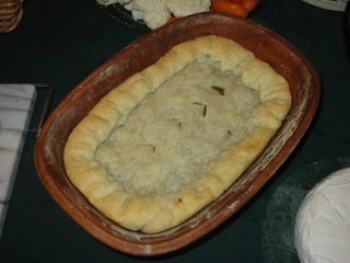
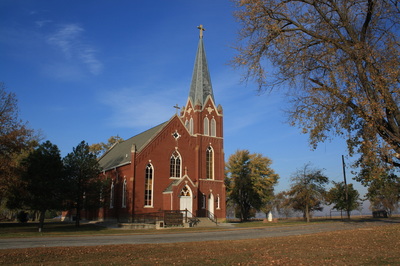
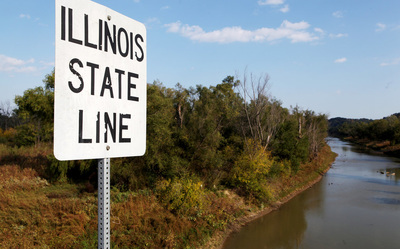
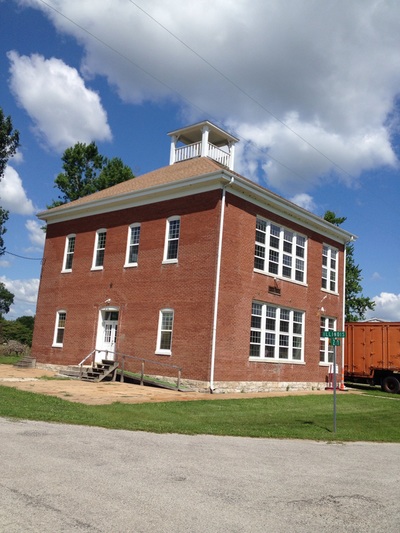
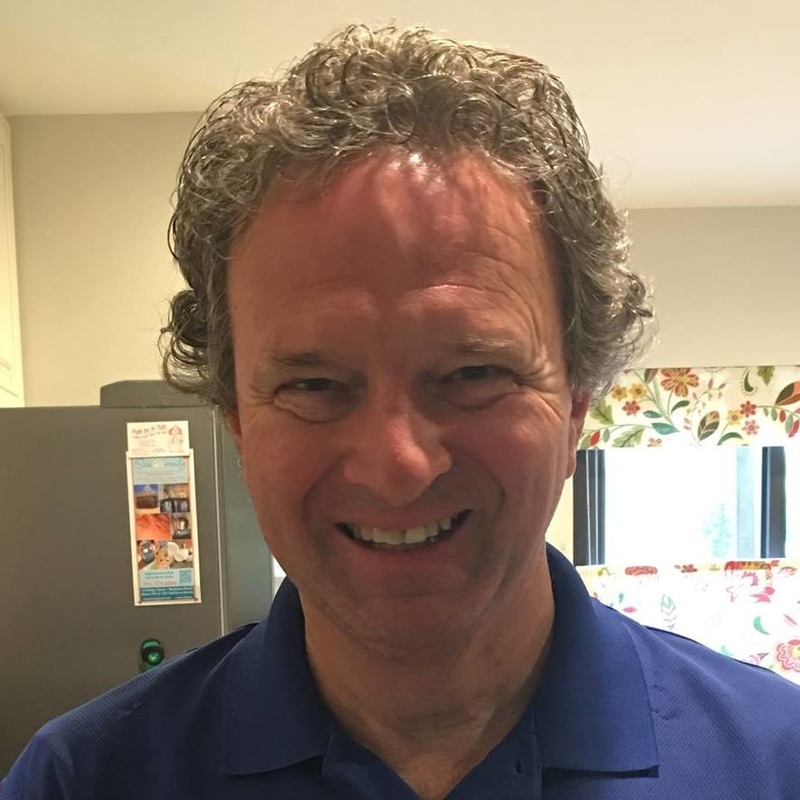
 RSS Feed
RSS Feed